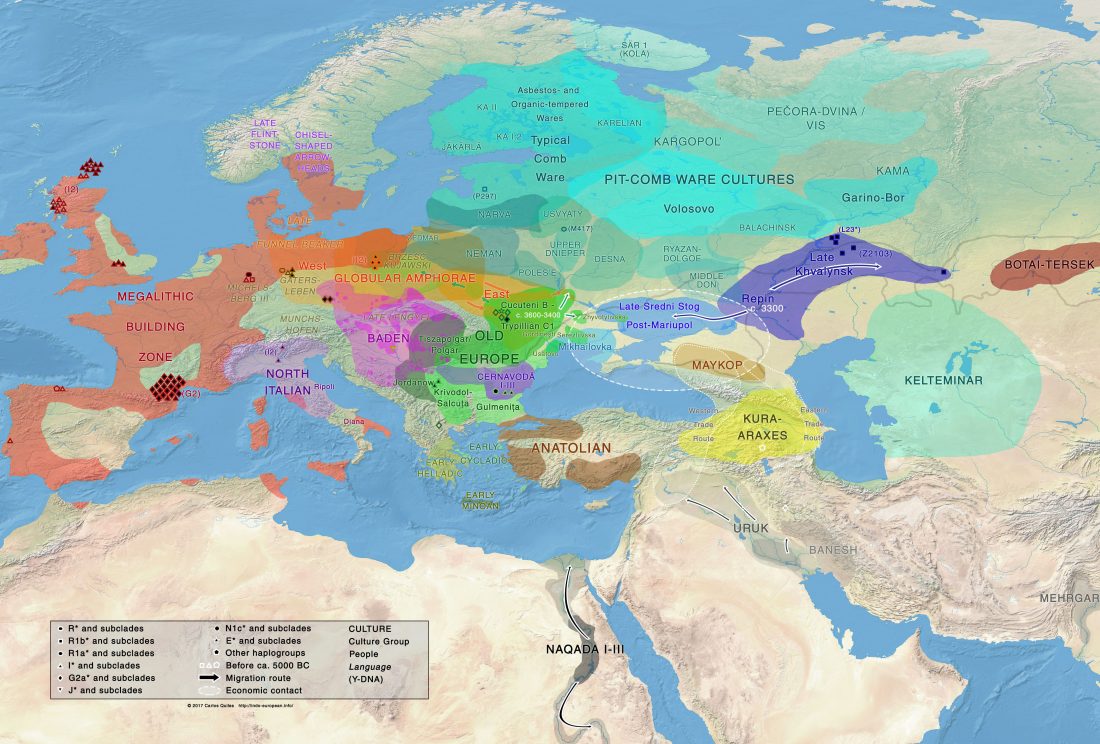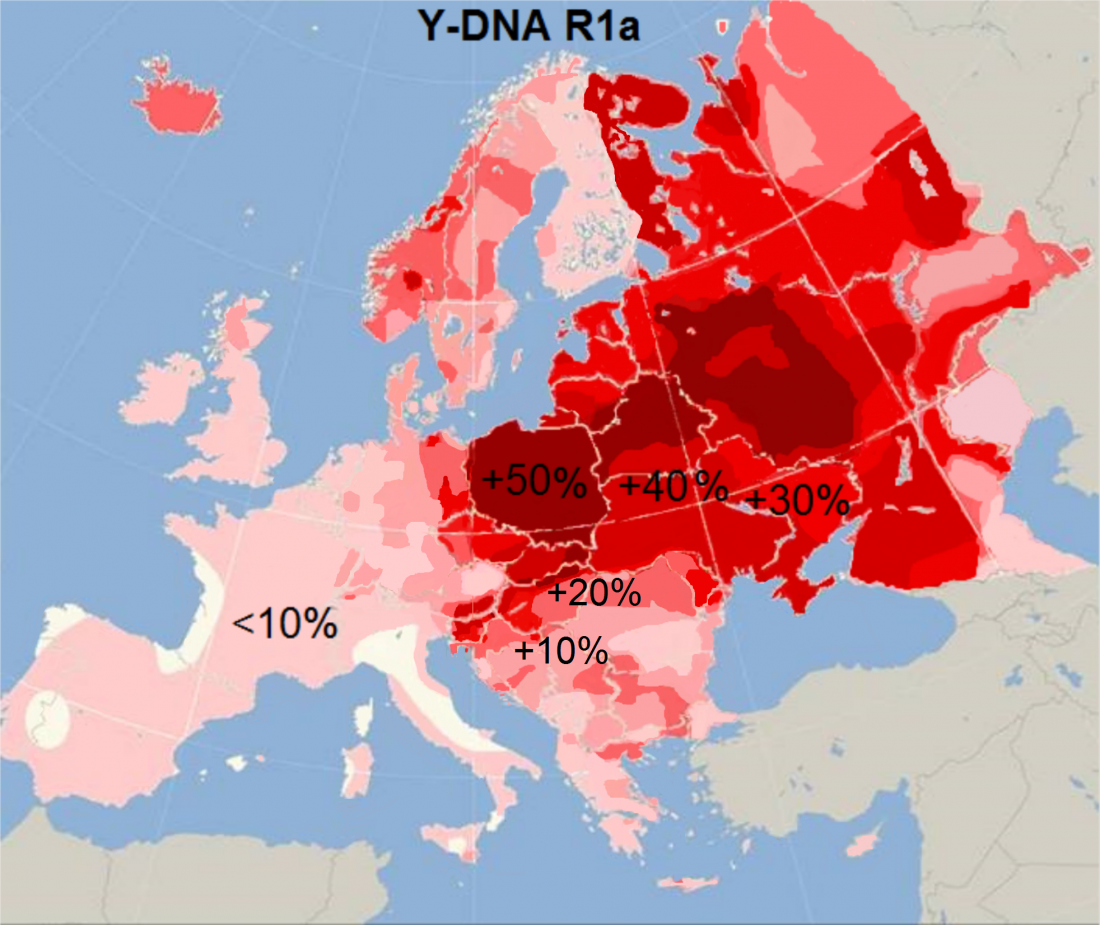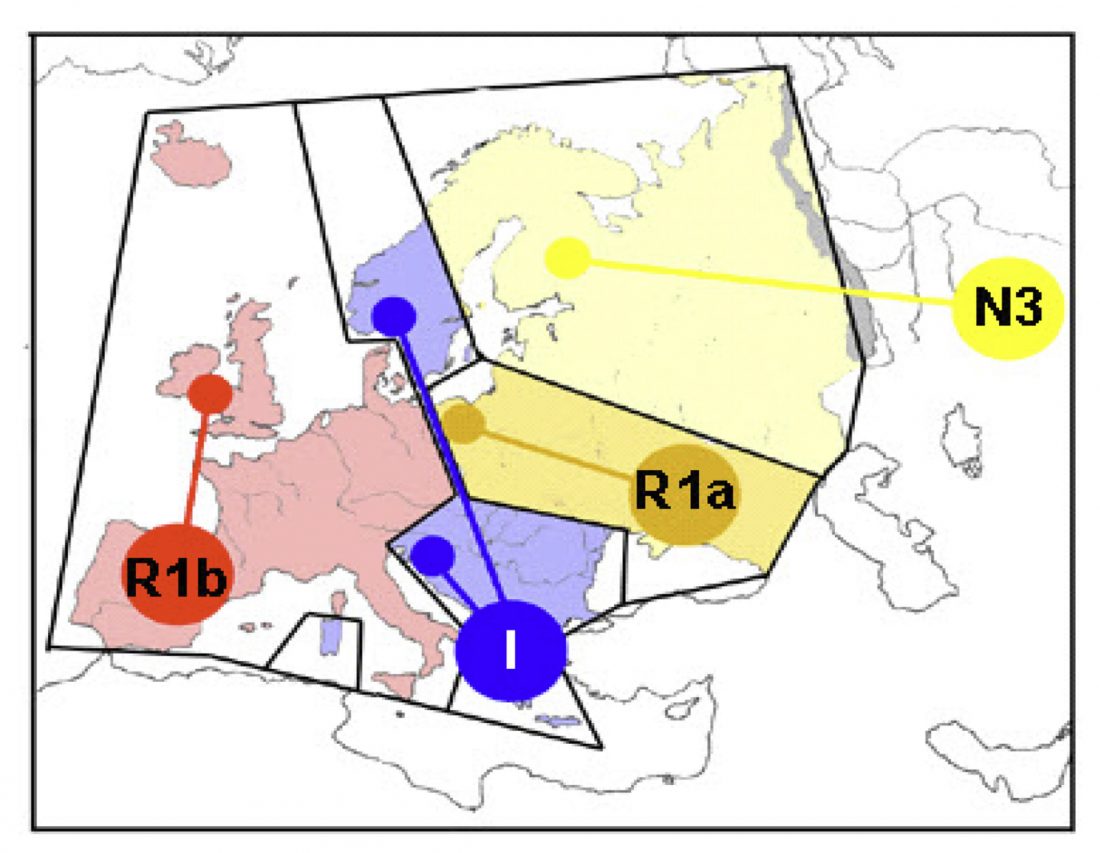Just one day after publishing the draft of the Indo-European demic diffusion model, 3rd version, Mathieson et al. (2017) have updated some information in a new version of their article, including a new interesting sample from late Sredni Stog. It gives support to what I predicted, regarding the potential origin of the third Corded Ware horizon.
After my first version, findings in Olalde et al. (2017) and Mathieson et al. (2017) supported some of my predictions. Now after my third, their new data also supports another prediction. Because the model is based on solid linguistic … Read the rest “New Ukraine Eneolithic sample from late Sredni Stog, near homeland of the Corded Ware culture”


